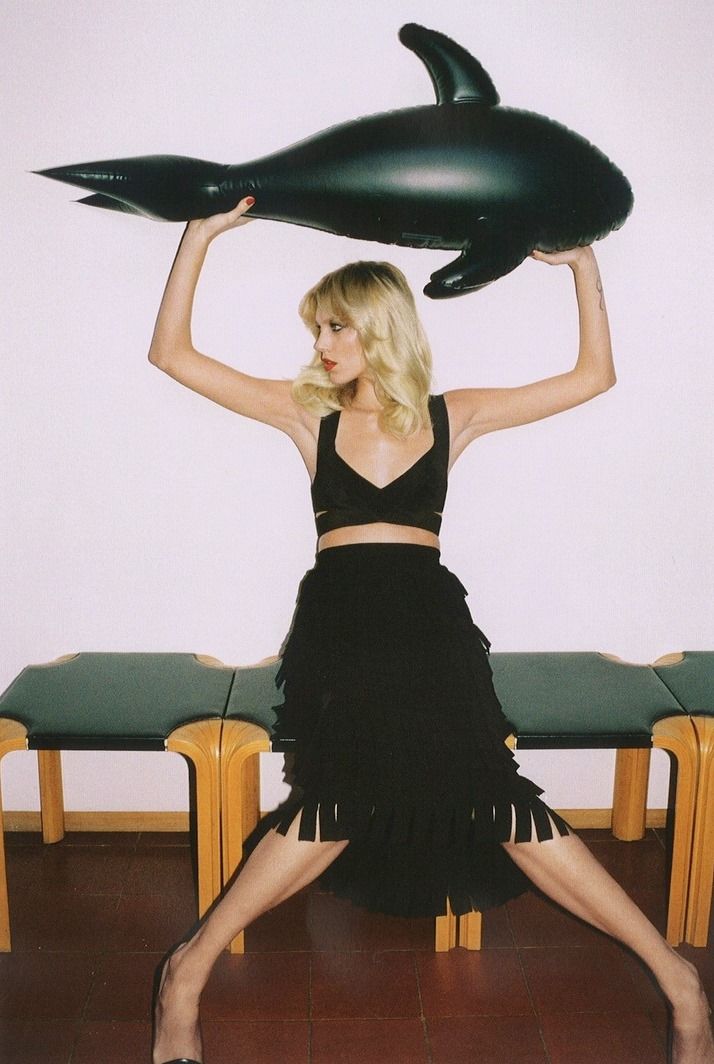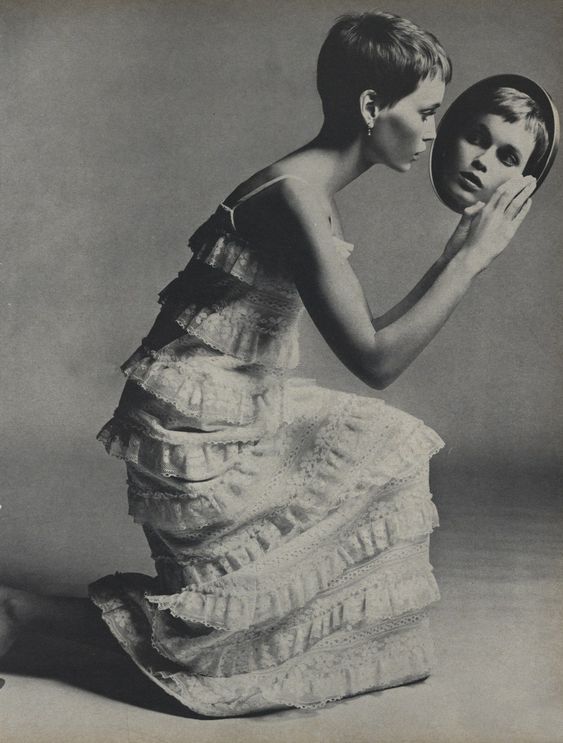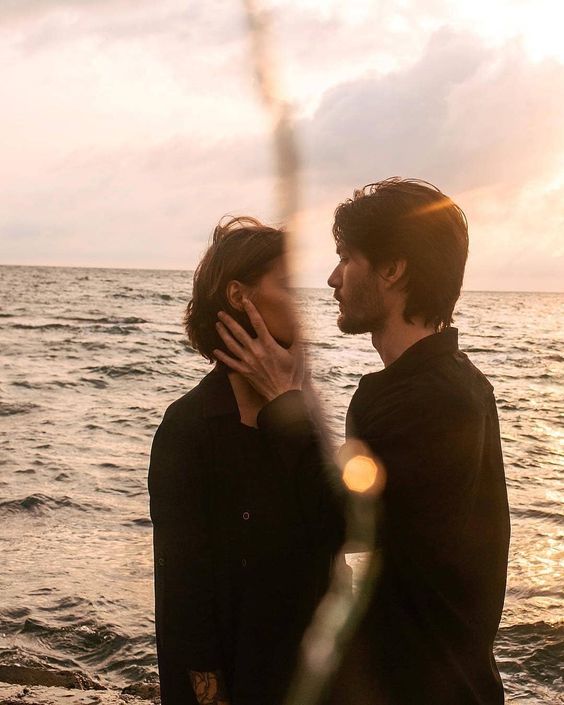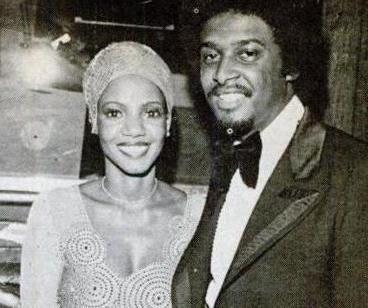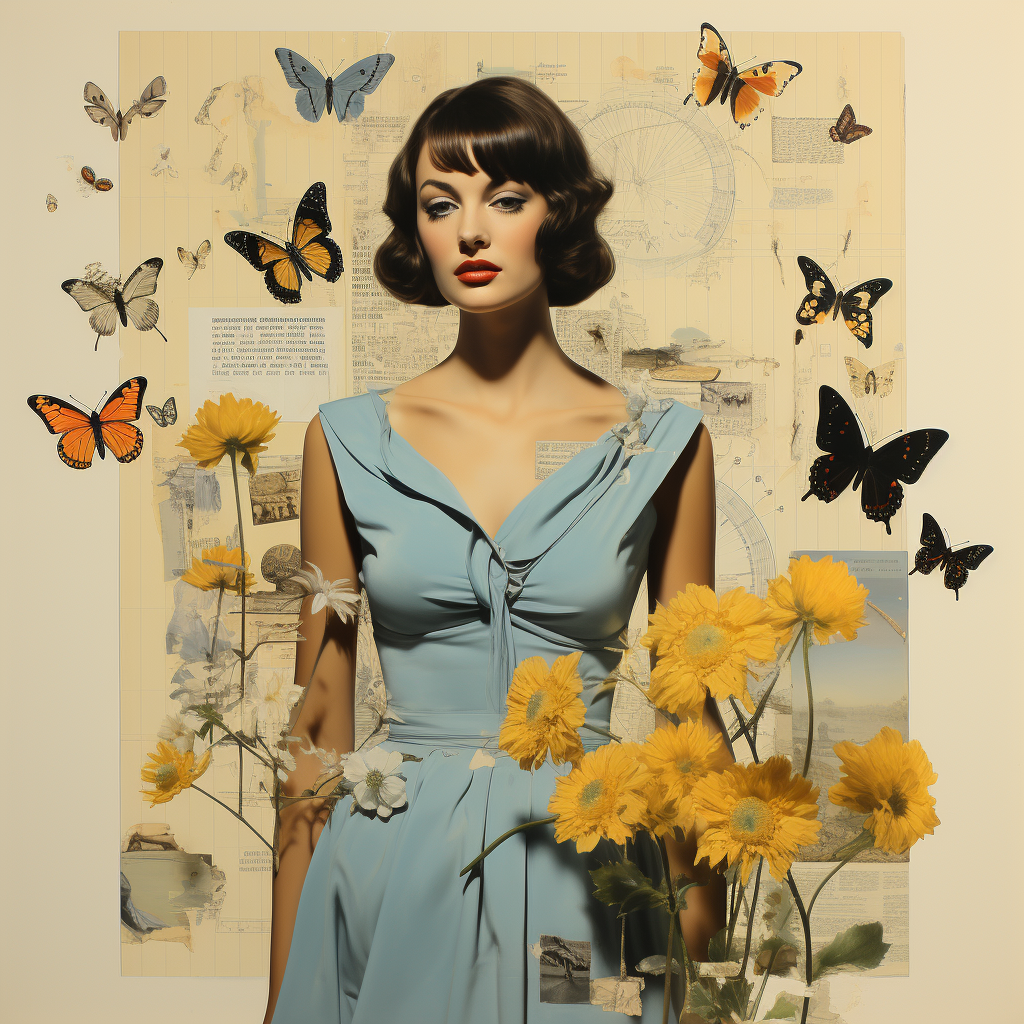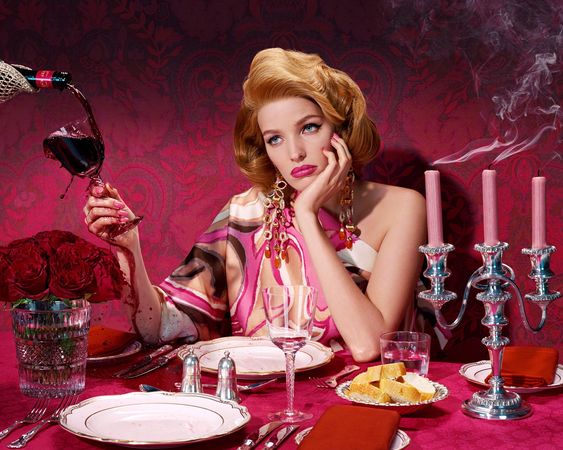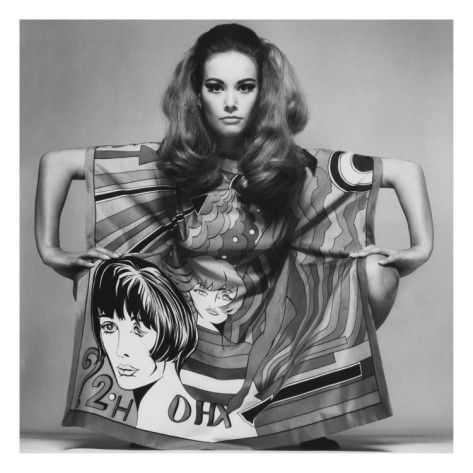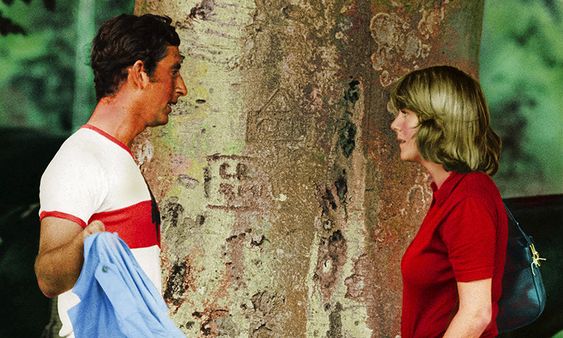 Prince Charles’ marriage to Camilla Parker Bowles in 2005 marked a significant chapter in both their lives and the British monarchy. Prior to their marriage, their relationship had been the subject of intense public and media scrutiny due to its unconventional beginnings. Camilla, who had been a close friend to Charles since the early 1970s, had become his mistress during his marriage to Princess Diana. The circumstances surrounding their relationship were undoubtedly complex and emotionally fraught.
Prince Charles’ marriage to Camilla Parker Bowles in 2005 marked a significant chapter in both their lives and the British monarchy. Prior to their marriage, their relationship had been the subject of intense public and media scrutiny due to its unconventional beginnings. Camilla, who had been a close friend to Charles since the early 1970s, had become his mistress during his marriage to Princess Diana. The circumstances surrounding their relationship were undoubtedly complex and emotionally fraught.
While Charles and Camilla’s bond had deepened over the years, societal expectations, royal protocols, and the public’s perception of the monarchy placed considerable strain on their connection. It was during this period of personal turmoil that their commitment to one another was solidified. Their eventual marriage brought about a mixture of public opinions. While some celebrated the union as a testament to enduring love, others found it challenging to fully accept Camilla’s role as the Duchess of Cornwall. The memory of Princess Diana’s tragic passing was still very much alive in the collective consciousness, making it difficult for Camilla to step into her new role seamlessly.
Nonetheless, over the years, Camilla has worked diligently to win the hearts of the British people and gain their respect. Her involvement in charitable endeavors and her unwavering support of Prince Charles in his regal duties have gradually endeared her to many (not all). Her dedication to various causes and organizations has helped establish her as a prominent figure within the royal family, demonstrating her commitment to serving her country and the people.
When Love Blossomed
The initial meeting of Charles and Camilla at a polo match provides a charming backdrop to their enduring relationship.This seemingly chance encounter served as a catalyst for a relationship that has spanned decades, weathering challenges and ultimately resulting in their marriage. Prince Charles and Camilla’s journey from a secretive affair to a legitimate marriage speaks to the complexities of personal relationships within the context of public and royal life.
It seemed that Camilla and Prince Charles found more than just horses to bond over and had some horseplay of their own. The scandalous whispers of Prince Charles and Camilla’s courtship! Some say he couldn’t resist her charms, even when duty called him away to foreign lands. Their bond seemed unbreakable, as if they were attached at the hip, and their love for each other was as timeless as a classic novel. The juicy details of their affair were finally exposed when Diana spilled the tea in her tell-all book, “Diana: Her True Story.” It’s clear that love knows no bounds, not even royal ones.
A Love Triangle
Diana, often referred to as the “People’s Princess,” had a charismatic and relatable quality that endeared her to the public. Her advocacy for various charitable causes, her vulnerability, and her struggles made her a highly sympathetic figure. The dynamics of compassion in a love triangle can influence how people perceive the individuals involved. Diana, as the apparent “victim” of the situation, garnered a great deal of empathy and support. This is a common psychological response where people tend to align with and root for those they perceive as the underdog. Charles and Camilla’s relationship was undoubtedly affected by his pre-existing commitment to Diana, as well as their respective roles within the royal family.
Extramarital affairs are multi-faceted and can stem from a range of emotional, psychological, and relational factors. In Charles’ case, his perception of Diana’s mental health struggles could have influenced his actions, leading him to continually seek comfort and understanding from Camilla. Camilla’s role as a source of emotional support and protection for Charles during his challenging years of marriage could be attributed to their long-standing friendship, shared interests, and understanding of one another’s experiences within the royal family.
Charles was most likely convinced that Diana’s emotional instability was the only logical explanation for his extramarital affair, unless of course, he was just really into the whole “breaking vows” thing. It seems that Charles found comfort in Camilla’s arms when life got tough, and during his marital woes, she played the role of a nurturing mother, shielding him from the storm.
The Venus-Neptune Aspect: Longing and Suffering
Camilla has a Venus-Neptune aspect in her natal chart. It suggests that Camilla possesses an idealistic and romantic outlook on love. The connection between Venus (the planet of love and relationships) and Neptune (associated with dreams, illusions, and spirituality) implies a deep yearning for a profound and emotionally immersive romantic connection. Camilla’s capacity to become emotionally absorbed and infuse her relationships with a sense of compassion and acceptance is highlighted. It suggests that Camilla may be prone to seeing the best in her romantic partner, even to the point of overlooking their flaws or shortcomings due to her all-encompassing feelings of love and emotional connection.
With Neptune involved, obstacles or delays in achieving desires can sometimes prolong fantasies, as in the case of Camilla’s pursuit of a relationship (Venus) with married man, which took a significant amount of time. Obstacles in love only serve to lengthen the duration of an ideal, it speaks to Camilla’s persistence and determination to maintain her romantic vision, even in the face of challenges. This could imply that she is willing to work through difficulties and setbacks in pursuit of her idealized vision of love.
Camilla’s yearning and pain are alleviated upon tying the knot with her “Prince Charming.” Marriage and commitment should have provided a sense of fulfillment and security that aligns with her romantic ideals. The enduring nature of her relationship is portrayed as a real-life example of how the Venus-Neptune aspect can create a lasting and beautiful connection, akin to a fairy tale coming true.
Venus in aspect to Neptune acts as a potent elixir of love, inducing an emotional intoxication that leaves one deeply enamored and pleasantly entranced by the kaleidoscope of their feelings. The effects of the Venus-Neptune aspect intensifies emotions, desires, and perceptions, similar to a mythical love potion often depicted in literature and folklore. This imagery emphasizes the transformative and almost otherworldly nature of the emotions associated with this aspect.
Venus-Neptune Potent Elixir: Love can be a real blindfold, making it hard to see the flaws in your partner. Intense longing consumes you, like a sweet intoxication. You’re swept away by a dream of perfect love, where imperfections are but fleeting disturbances on an otherwise idyllic sea. Introduce a few inevitable roadblocks, a bittersweet dance that prolongs the chase. This yearning can linger endlessly, a delicious torment for some, an agonizing wait for others. Camilla thought she had found her “happily ever after” with her Prince Charming, but it turns out he was more like a “happily never after” when he married Diana. At least now that she’s got him, she can say goodbye to the longing and suffering, right?
Venus in Aspect to Neptune: Romantic Sacrifice
Venus-Neptune’s romantic inclinations are often marked by a blend of idealism, empathy, and a touch of whimsy. These individuals are drawn to the strange, the mysterious, and the enigmatic. This inclination stems from their deep empathy and ability to see beyond surface judgments, connecting with the essence of a person. Their capacity to fall for a wide range of individuals, from the proverbial starving artist to a royal prince, reflects their open-hearted and non-discriminatory approach to love. It’s not about social status or prestige for them; rather, it’s about the emotional resonance and connection they share with a person. This unguarded approach to love is what adds a sense of mystery and charm to their romantic entanglements.
However, there’s a paradox in their romantic idealism. On one hand, there’s a desire for realism and a grounded understanding of their partner’s flaws and limitations. This could be seen as a form of self-preservation, an attempt to prevent heartache or disillusionment. Yet, this desire clashes with the very essence of their romantic nature – the enchantment that comes from diving into the unknown and reveling in the seduction of the unattainable. Marrying a royal prince, as opposed to remaining in the realm of dubious social gatherings and unrequited longing, could bring significant changes to the dynamics of Camilla’s’ romantic life. The transition from yearning for someone just out of reach to being with someone of high social stature might lead to a sense of fulfillment and stability. However, it may also carry the potential for some of the enchantment to wane.
The magic that surrounds the pursuit of an elusive love interest often stems from the sense of yearning, the bittersweetness of unfulfilled desires, and the imaginative fantasies that arise from the unknown. When that elusive person becomes a permanent part of their life, the relationship changes. The initial sense of mystery may be replaced by a more predictable reality. While there’s comfort and security in such a relationship, some of the magic and charm that made the connection feel so extraordinary may gradually dissipate.
It’s not that marrying the Prince necessarily eliminates all the romanticism from her life. It somewhat alters how the experience love. The once-dubious social gatherings may give way to more refined and polished events, and the longing for an unattainable person may be replaced by the joys and challenges of a committed partnership. Camilla might find a new kind of enchantment in the depth of their connection and the stability of their relationship, even though it might be different from the entrancement she felt during the pursuit of the unattainable.
In the end, the clash between romantic dreams and and the reality of a committed partnership is complicated and deeply personal. Each Venus-Neptune individual’s journey will be unique, shaped by their own experiences, desires, and the evolution of their relationships.
I guess you could say the “will they, won’t they” tension between Camilla and her Prince finally came to a close when they tied the knot. Say goodbye to sketchy rendezvous and longing for an elusive flame.
Here is a quote from Sue Tompkins on the Venus-Neptune combination:
When I first started practicing as an astrologer I was several times caught out by Venus-Neptune clients requesting comparisons between them and their partners. “Caught out” in that I entered into their fantasies only to discover, after further, usually very directive questioning, that they were not in fact having a relationship with the object of their desire. It could be said they were having a relationship, but only with a fantasy, and certainly without the other person physically participating in it! Aspects in Astrology: A Guide to Understanding Planetary Relationships in the Horoscope



